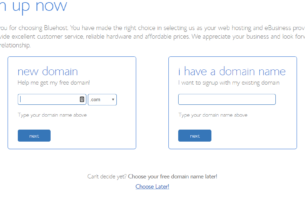[ad_1]
Ruby is a popular programming language that has gained immense popularity in recent years, thanks to its elegant syntax and its versatility. One of the most significant uses of Ruby is for web development, and there are several frameworks available that make building web applications in Ruby a breeze. In this article, we will explore the versatile world of Ruby web development and discuss some of its most popular frameworks.
Ruby on Rails, also known as Rails, is undoubtedly the most famous framework for Ruby web development. It was introduced in 2004 and quickly gained traction due to its emphasis on convention over configuration. Rails follows the MVC (Model-View-Controller) architectural pattern, making it easy to organize code and separate concerns. This modular approach reduces the amount of boilerplate code required and allows developers to focus on the business logic of their applications. Rails provides a set of predefined conventions, such as database table naming and file structure, which makes it easy for developers to follow best practices and maintain consistent code.
One of the standout features of Rails is its support for rapid application development. Rails comes with a code generation tool called scaffolding, which automatically creates models, views, and controllers based on a database schema. This allows developers to quickly prototype and build functional applications with minimal effort. Additionally, Rails provides a rich set of libraries and plugins, known as gems, that extend its functionality. There are thousands of gems available that cover a wide range of features, from authentication and authorization to file uploads and image processing.

Another popular framework for Ruby web development is Sinatra. Unlike Rails, Sinatra is a lightweight framework that focuses on simplicity and flexibility. It is often used for building small to medium-sized applications or for building APIs. Sinatra is known for its minimalist approach and its ability to get out of the developer’s way. With Sinatra, developers have more control over the application’s structure and can choose only the features they need. This makes Sinatra an excellent choice for developers who prefer a more DIY approach or have specific requirements that Rails might not easily accommodate.
Similar to Rails, Sinatra follows the MVC pattern, but it is more flexible in its implementation. Developers have the freedom to structure their applications as they see fit and use their preferred libraries and tools. Sinatra also has excellent support for routing, making it easy to define routes and handle different HTTP methods. Additionally, Sinatra has a vast ecosystem of plugins that can be used to extend its functionality, making it a versatile choice for web development.
Apart from Rails and Sinatra, there are several other frameworks available for Ruby web development, each with its own set of features and strengths. Some notable mentions include Hanami (formerly known as Lotus), which focuses on performance and modularity, and Cuba, which is a microframework designed for building small applications and APIs. There is also Shoes, a framework that specializes in building desktop applications using Ruby.
Unleashing the Potential of ReactJS: Get Ahead with a Leading Web Development Company
In conclusion, Ruby web development offers a range of frameworks that cater to different needs and preferences. Whether you prefer the convention over configuration approach offered by Rails or the flexibility and simplicity provided by Sinatra, Ruby has a framework that will suit your requirements. The wealth of gems and plugins available also ensures that you can extend the functionality of your application easily. With its elegant syntax and versatile frameworks, Ruby is undoubtedly a powerful choice for web development.
[ad_2]





